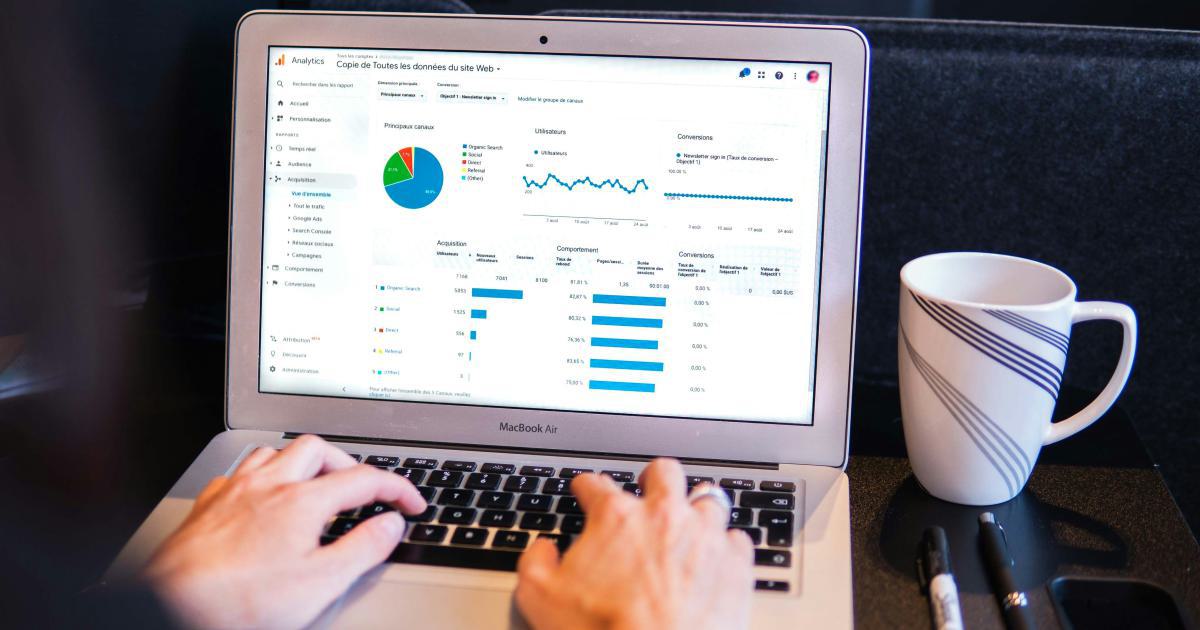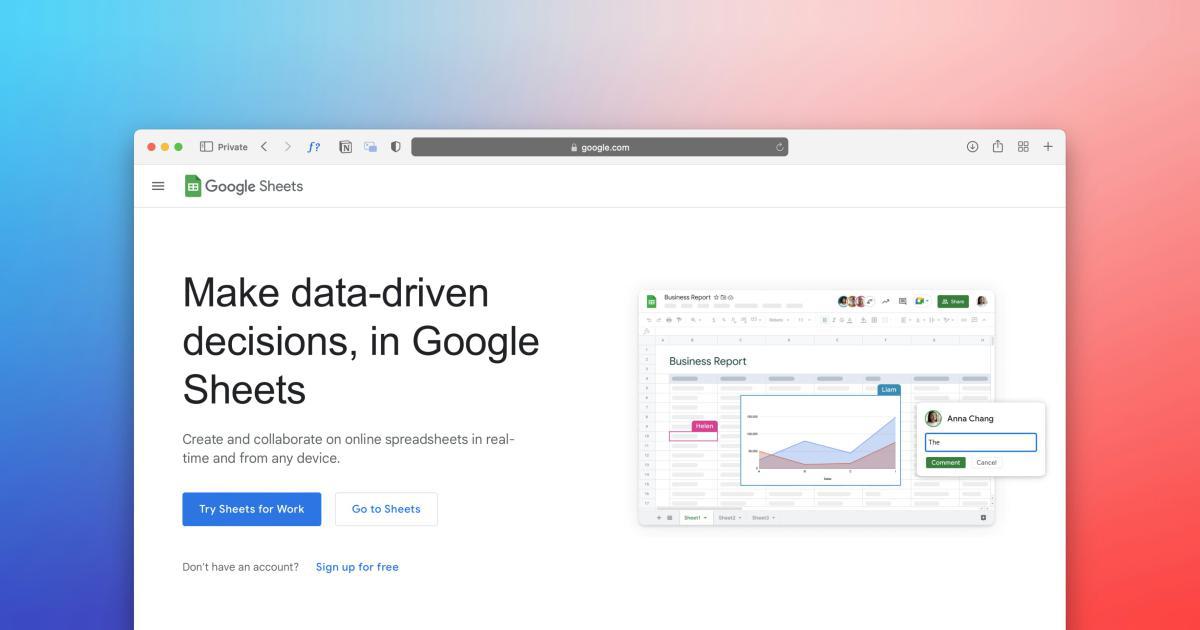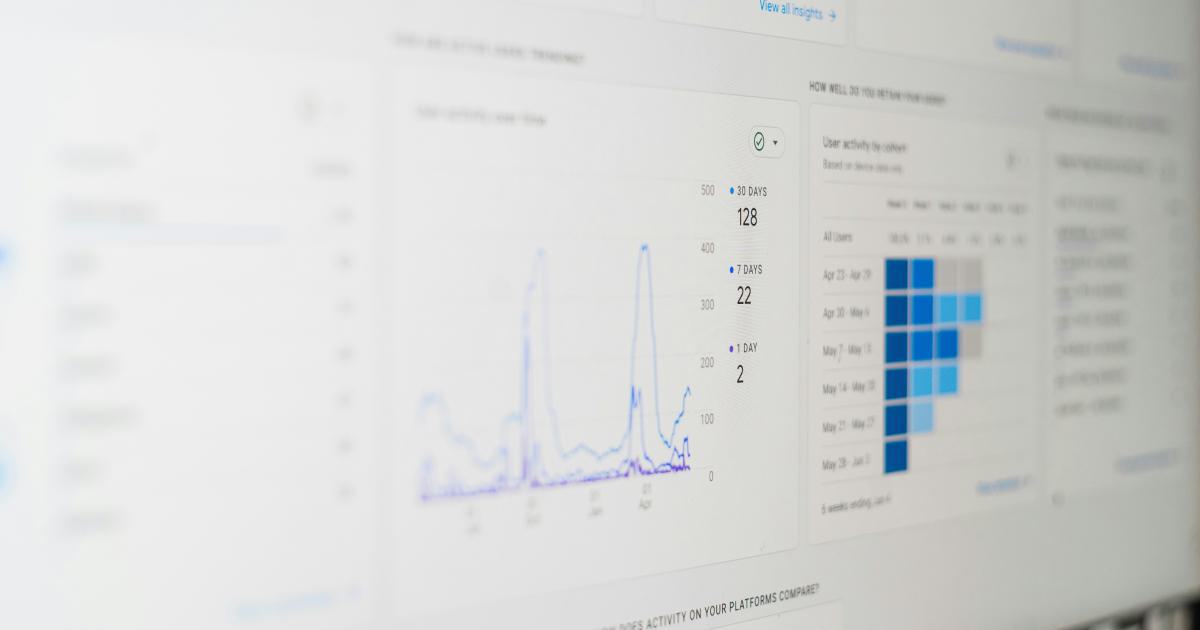Leveraging Google Analytics To Improve Conversion Rate


Introduction: Understanding the Power of Google Analytics
In the digital age, data has become the cornerstone of effective marketing strategies. Google Analytics, one of the most widely used web analytics platforms, provides invaluable insights that can help businesses optimize their online presence and drive conversions. By leveraging the wealth of data available through Google Analytics, organizations can gain a deeper understanding of their audience, identify pain points, and implement targeted strategies to enhance the user experience and ultimately improve their conversion rate.

This comprehensive article will delve into the various ways in which you can utilize Google Analytics to improve your conversion rate. We'll explore the key metrics to track, uncover hidden insights, and discuss proven strategies to optimize your website and marketing efforts for maximum impact.
Understanding Conversion Rate: The Key Metric for Success
At the heart of any successful digital marketing strategy lies the conversion rate - the percentage of visitors who take a desired action on your website, such as making a purchase, filling out a form, or signing up for a newsletter. This metric serves as a critical indicator of the effectiveness of your website and marketing efforts, as it directly reflects the ability to turn potential customers into paying customers or engaged leads.

To understand the significance of conversion rate, consider the following scenario: If your website receives 1,000 visitors per month and 50 of them make a purchase, your conversion rate would be 5%. This means that for every 100 visitors, 5 are converting into customers. Improving this conversion rate can have a significant impact on your overall revenue and profitability.
The Importance of Conversion Rate Optimization
Conversion rate optimization (CRO) is the process of enhancing various elements of your website and marketing strategies to increase the percentage of visitors who take a desired action. By focusing on CRO, you can:
Maximize Revenue: A higher conversion rate directly translates to more customers and, consequently, increased revenue for your business.
Reduce Acquisition Costs: Improving your conversion rate means you can acquire new customers more efficiently, as you'll need fewer visitors to achieve the same number of conversions.
Gain Competitive Advantage: By continuously optimizing your conversion rate, you can stay ahead of your competitors and maintain a strong position in the market.
Enhance User Experience: The process of CRO often involves identifying and addressing pain points in the user journey, leading to a more seamless and enjoyable experience for your website visitors.

Leveraging Google Analytics for Conversion Rate Improvement
Google Analytics is a powerful tool that can provide invaluable insights into your website's performance and user behavior. By delving into the wealth of data available through this platform, you can uncover valuable opportunities to enhance your conversion rate.
Identifying Key Conversion Metrics
To effectively leverage Google Analytics for conversion rate optimization, it's essential to identify and track the right metrics. Some of the key metrics to focus on include:
Conversion Rate: This is the primary metric that measures the percentage of visitors who take a desired action on your website.
Goal Completion Rate: This metric tracks the percentage of visitors who successfully complete a specific goal, such as making a purchase or submitting a form.
Ecommerce Conversion Rate: For e-commerce businesses, this metric measures the percentage of visitors who make a purchase on your website.
Bounce Rate: The bounce rate represents the percentage of visitors who leave your website after viewing only one page. A high bounce rate can indicate issues with your website's content, design, or user experience.
Time on Page: This metric measures the average time visitors spend on a specific page, which can provide insights into the engagement and relevance of your content.
Pages per Session: The number of pages a visitor views during a single session can suggest the level of interest and engagement with your website.

By closely monitoring these key metrics, you can gain a deep understanding of your website's performance and identify areas for improvement.
Segmenting Your Audience
One of the most powerful features of Google Analytics is its ability to segment your audience based on various demographic, behavioral, and technical factors. By analyzing your audience segments, you can uncover valuable insights that can inform your conversion rate optimization efforts.
Some of the common audience segments to consider include:
Geographic Segmentation: Analyze the location of your website visitors to identify any regional differences in conversion rates.
Device Segmentation: Understand how users from different devices (desktop, mobile, tablet) interact with your website and optimize the user experience accordingly.
Behavioral Segmentation: Identify patterns in user behavior, such as new vs. returning visitors, to develop targeted strategies for each segment.
Channel Segmentation: Analyze the performance of different marketing channels (organic search, paid ads, social media, referrals) to allocate resources more effectively.
Demographic Segmentation: Understand the age, gender, and interests of your visitors to tailor your content and messaging.

By diving into these audience segments, you can uncover valuable insights that can guide your conversion rate optimization efforts and ensure that you're delivering the right message to the right audience.
Analyzing the User Journey
To improve your conversion rate, it's essential to understand the user journey - the path that visitors take on your website, from the initial point of entry to the desired conversion action. Google Analytics provides a wealth of data that can help you analyze and optimize this user journey.
Some key tools and reports to leverage include:
Behavior Flow: This report in Google Analytics visualizes the typical paths that visitors take on your website, allowing you to identify potential bottlenecks or areas of friction in the user journey.
Funnel Visualization: By setting up conversion funnels, you can track the drop-off rates at each step of the user journey and pinpoint where visitors are abandoning the process.
Site Search: Analyzing the internal site search data can reveal the queries that users are searching for, which can inform content and functionality improvements.
Page Value: This metric in Google Analytics assigns a monetary value to each page on your website, highlighting the pages that are contributing the most to your overall conversions.

By closely examining the user journey and identifying areas of friction or drop-off, you can implement targeted strategies to optimize the experience and guide visitors towards the desired conversion actions.
Strategies for Improving Conversion Rate Using Google Analytics
Armed with the insights gathered from Google Analytics, you can now begin to implement effective strategies to improve your conversion rate. Here are some proven tactics to consider:
1. Optimize Your Website Content and Design
The content and design of your website play a crucial role in driving conversions. Leverage Google Analytics data to identify the most and least engaging pages, and then focus on optimizing the content, structure, and layout to enhance the user experience.

Key Tactics:
- Conduct A/B testing to compare the performance of different page designs, layouts, and call-to-action elements.
- Optimize page speed and mobile-responsiveness to ensure a seamless user experience across all devices.
- Conduct user surveys or interviews to gather direct feedback and identify pain points in the user journey.
- Implement on-site personalization based on user behavior and preferences to deliver a more tailored experience.
2. Enhance Your Lead Capture and Conversion Funnels
The conversion funnel is the series of steps a visitor takes to become a customer or a qualified lead. By analyzing the performance of your conversion funnels, you can identify and address any roadblocks or points of friction.

Key Tactics:
- Optimize your forms and landing pages to improve the user experience and reduce the friction in the conversion process.
- Implement exit-intent popups or other lead capture mechanisms to capture visitors who are about to leave your website.
- Streamline the checkout process for e-commerce businesses to reduce shopping cart abandonment.
- Use Google Analytics' Funnel Visualization report to identify the specific steps where visitors are dropping off and focus on improving those areas.
3. Leverage Remarketing and Retargeting Strategies
Remarketing and retargeting are powerful strategies that allow you to re-engage with visitors who have previously interacted with your website. By using Google Analytics data to identify and target these users, you can effectively nudge them back towards conversion.

Key Tactics:
- Create targeted remarketing campaigns on platforms like Google Ads and social media to display ads to visitors who have previously interacted with your website.
- Segment your audience based on their behavior (e.g., abandoned cart, visited specific pages) and tailor your remarketing messages accordingly.
- Experiment with different ad creatives, messaging, and offers to determine the most effective approach for each audience segment.
- Integrate your Google Analytics data with your remarketing platforms to ensure a consistent and data-driven approach.
4. Optimize Your Marketing Campaigns
Google Analytics can provide valuable insights into the performance of your marketing campaigns, helping you allocate resources more effectively and drive better results.

Key Tactics:
- Analyze the performance of different marketing channels (e.g., organic search, paid ads, social media) and adjust your budget and strategies accordingly.
- Identify the most effective traffic sources and the corresponding conversion rates to focus your efforts on the highest-performing channels.
- Experiment with different messaging, offers, and targeting strategies in your marketing campaigns and use Google Analytics to measure the impact on conversion rates.
- Integrate your marketing data with Google Analytics to gain a comprehensive understanding of the customer journey and the impact of your campaigns.
5. Leverage Google Analytics Integrations and Customizations
Google Analytics offers a wide range of integrations and customization options that can further enhance your conversion rate optimization efforts.

Key Tactics:
- Integrate Google Analytics with other tools, such as customer relationship management (CRM) systems, to create a more holistic view of your customer data.
- Customize your Google Analytics dashboard to display the most relevant metrics and reports for your business, making it easier to quickly identify opportunities for improvement.
- Utilize Google Analytics' advanced features, such as custom dimensions and metrics, to track and analyze data that is specific to your business needs.
- Explore the use of Google Analytics' predictive capabilities, such as the Automated Insights feature, to uncover hidden patterns and trends in your data.
Conclusion: Continuous Optimization for Long-Term Success
Leveraging Google Analytics to improve your conversion rate is an ongoing process that requires a data-driven and iterative approach. By continuously analyzing your website's performance, identifying areas for improvement, and implementing targeted strategies, you can steadily enhance the user experience and drive better results for your business.

Remember, conversion rate optimization is not a one-time exercise, but rather a long-term commitment to understanding your audience, testing new ideas, and adapting to changing market conditions. By embracing the power of Google Analytics, you can unlock the full potential of your digital presence and position your business for sustained growth and success.